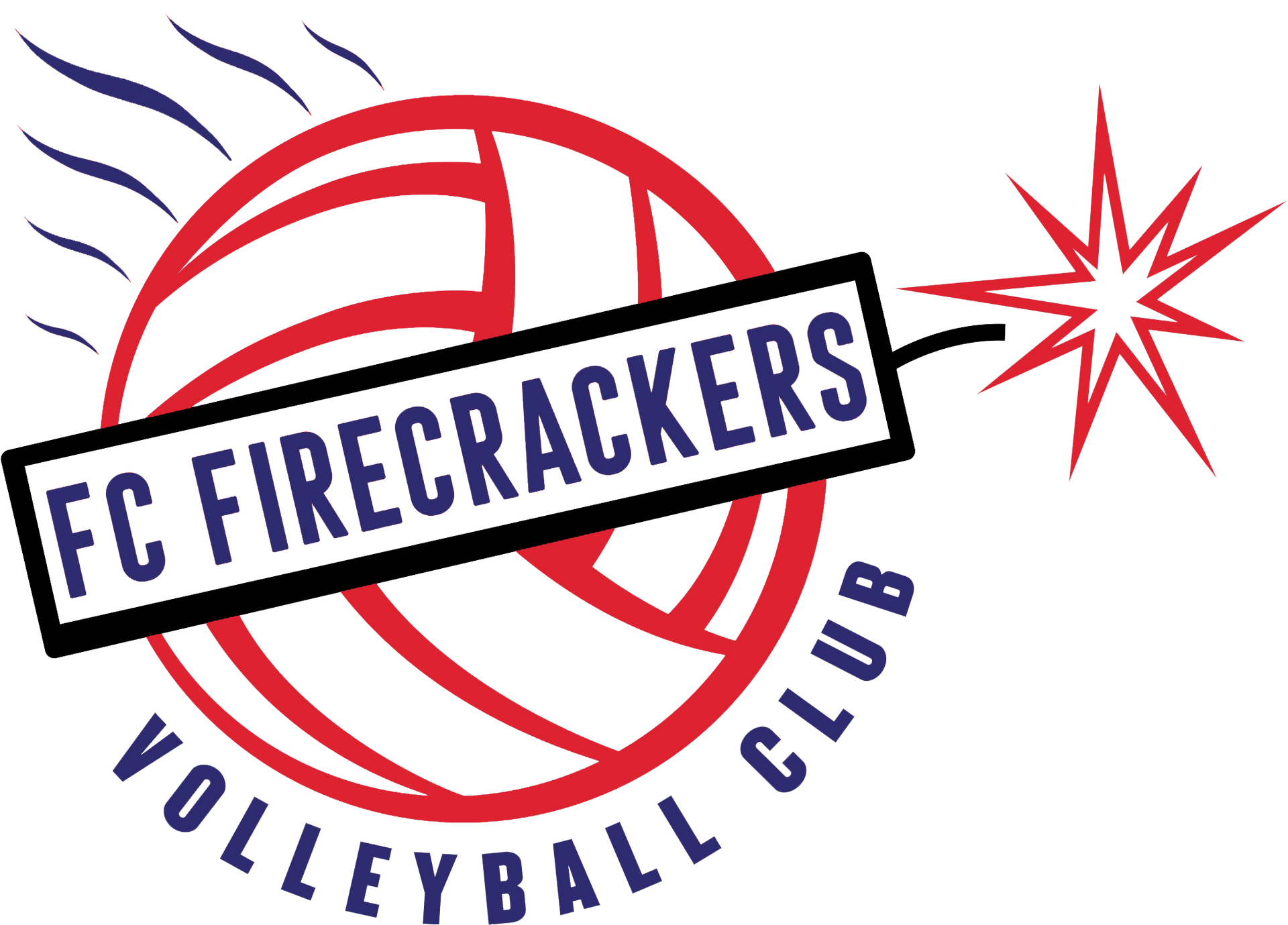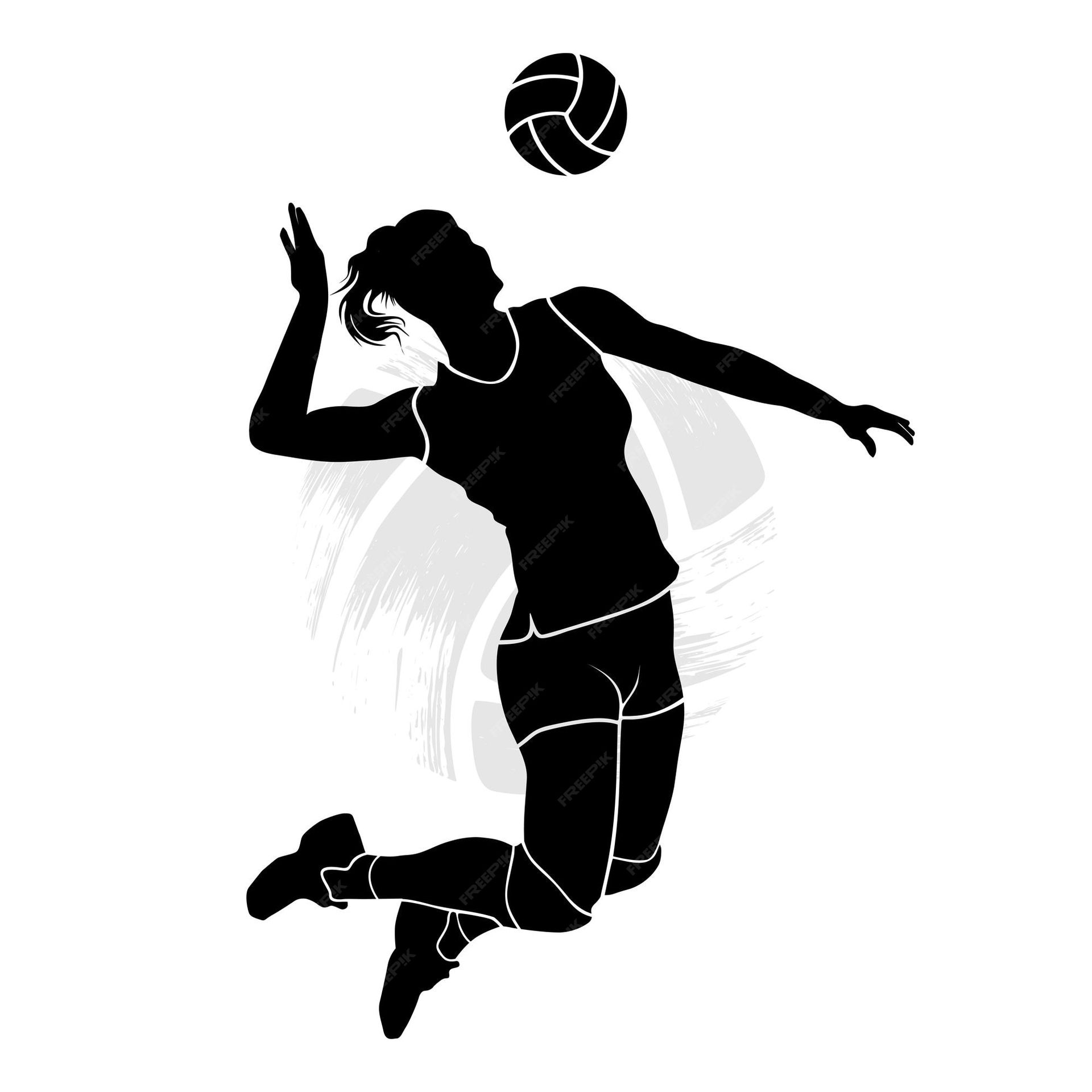Knee/Ankle Health
-- NOT MEDICAL ADVICE --
Consult a physician for all injuries and before engaging in preventative exercises
One of the most common injuries when playing volleyball concern the knee and ankles. There are several key ideas to keep in mind when trying to shore up these weaknesses:
- Connective tissue is not strengthened in the same manner as muscles (knees / ankles) **
- Relative strength between the quad and hamstrings (knees) **
- Progressive overload (knees / ankles) **
- New studies perhaps overturning decades of theory (knees) **
**not medical/training advice - consult a physician
(1) Muscles can be enhanced several ways: recruit more muscle fibers, strengthen existing muscles, add additional muscle tissue via hypertrophy. All but the first option rely on blood bringing nutrients into the muscle to accomplish the goal. This process happens very easily without much consideration needing to be given: if you get a pump, you're flooding the muscle with blood.
For ligaments, it is not easy to bring enough blood into the tissue to allow them to strengthen. For example, while your legs may feel huge after a workout as compare to before, the connective tissue will have slightly benefited from the workout (from most workouts). In order to get the same effect, you will need to vastly increase "time under tension." This can be accomplished by using lighter weights (to safely allow more reps), stopping before tension has left the joint (3/4 deep squats), focusing on the eccentric portion of the movement (lengthening of the muscle), and/or performing the exercise slowly. Always utilize good form when exercising. If you don't know what you're doing, please ask someone who does. This will not only make their day but will avoid unnecessary injuries for you. Again, this is not medical advice, please consult a physician.
(2) Quads that are significantly stronger than your hamstrings can increase the chances of ACL tears. What I have always heard: hamstrings should at least be 75% as strong as your quadriceps. If you can perform 100 pounds on a leg extension machine, you should be able to at least do 75 pounds on a leg curl. This is not a hard and fast rule, but is a good yardstick to get a quick gauge of your likelihood of an ACL tear due to this imbalance. According to this study, females are more at risk for tears due to muscle imbalance (for several reasons) and the relative number may be as low as 61% hamstring to quadricep strength. Again, this is not medical advice, please consult a physician.
(3) Progressive overload (gradually increasing the stress over an extended period of time) is a key in gaining strength as well as minimizing injuries. No one knows if an injury is around the corner but, if you try to go 0 to 100 immediately, you'll find that it's definitely around the next corner instead of the 100th. Getting to know your body, what it doesn't like and what it can handle, is a fundamental tenant in a safe program. A similar idea is that discomfort is good but pain, especially sharp pain, is always bad (not talking about a sharp side stitch from running). If this occurs, please immediately stop your exercising and consult a physician.
(4) Kneesovertoesguy, or Ben Patrick, made a huge splash on YouTube a few years ago by going against conventional wisdom and recommending "unsafe" exercises. You guessed it: this is not medical advice, please consult a physician. After going through several knee surgeries on one knee, and facing more for the other, he started looking at studies and body builders from the "golden age" and tried to understand how someone like Tom Platz, who popularized the sissy squat, had extremely healthy knees through old age. While there are always outliers, he decided to embark on a journey to determine if "protecting" the knees by eliminating the knee from passing the tip of the toes when lifting actually did more harm than good. According to his research, it does for some to many. Somewhat similar to sitting in a chair 24/7 to avoid running injuries: the supporting tissue atrophies (don't use it, you lose it). By creating unique exercises, he not only eliminated knee pain after knee surgeries, but increased his vertical to 42". One thing he highly emphasizes is: never exercise through sharp pain and progressively overload your workout over time.
Again, the above is not medical advice but is rather an expression of ideas that may help you avoid season or career ending injuries while also increasing your lethality on the volleyball court.

